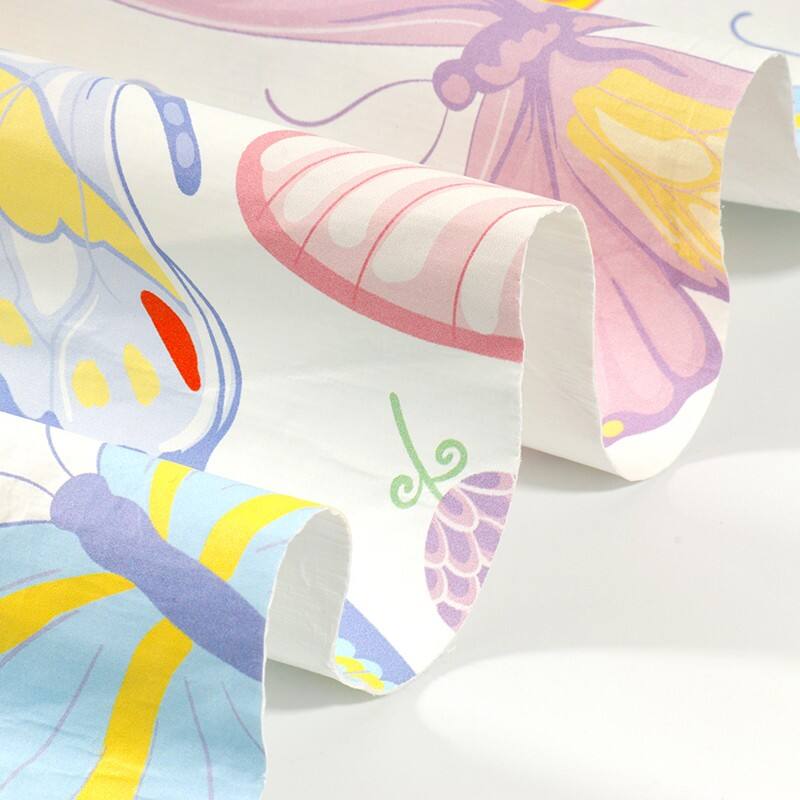the most breathable fabric
When it comes to breathable fabrics, merino wool stands out as nature's most advanced performance material. This remarkable fabric combines exceptional moisture management with temperature regulation properties, making it the most breathable textile available. Merino wool fibers are naturally designed with a complex structure that allows them to absorb up to 30 percent of their weight in moisture without feeling wet. The fabric actively moves water vapor away from the skin through a process called moisture wicking, while simultaneously allowing air to circulate freely through its fibers. This unique characteristic is due to the microscopic scales on each fiber that create tiny air pockets, enhancing breathability while maintaining thermal regulation. Unlike synthetic materials, merino wool actively responds to changes in body temperature, providing warming properties when it's cold and cooling effects when it's warm. The fabric's natural crimp structure creates millions of tiny air pockets that trap air and regulate temperature, while its moisture-wicking capabilities ensure that sweat is efficiently transported away from the skin. This combination of properties makes merino wool particularly suitable for athletic wear, outdoor activities, and everyday clothing where comfort and performance are essential.


